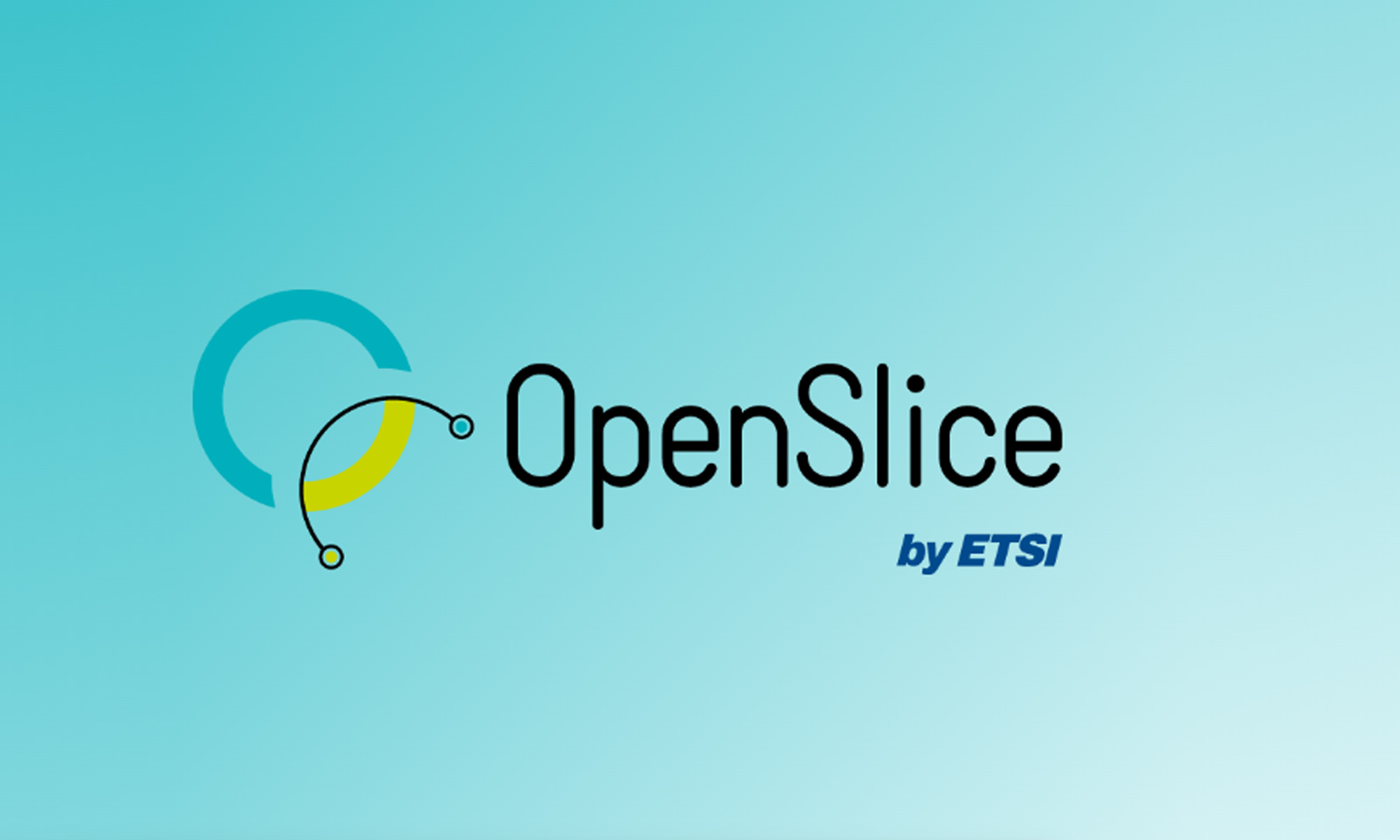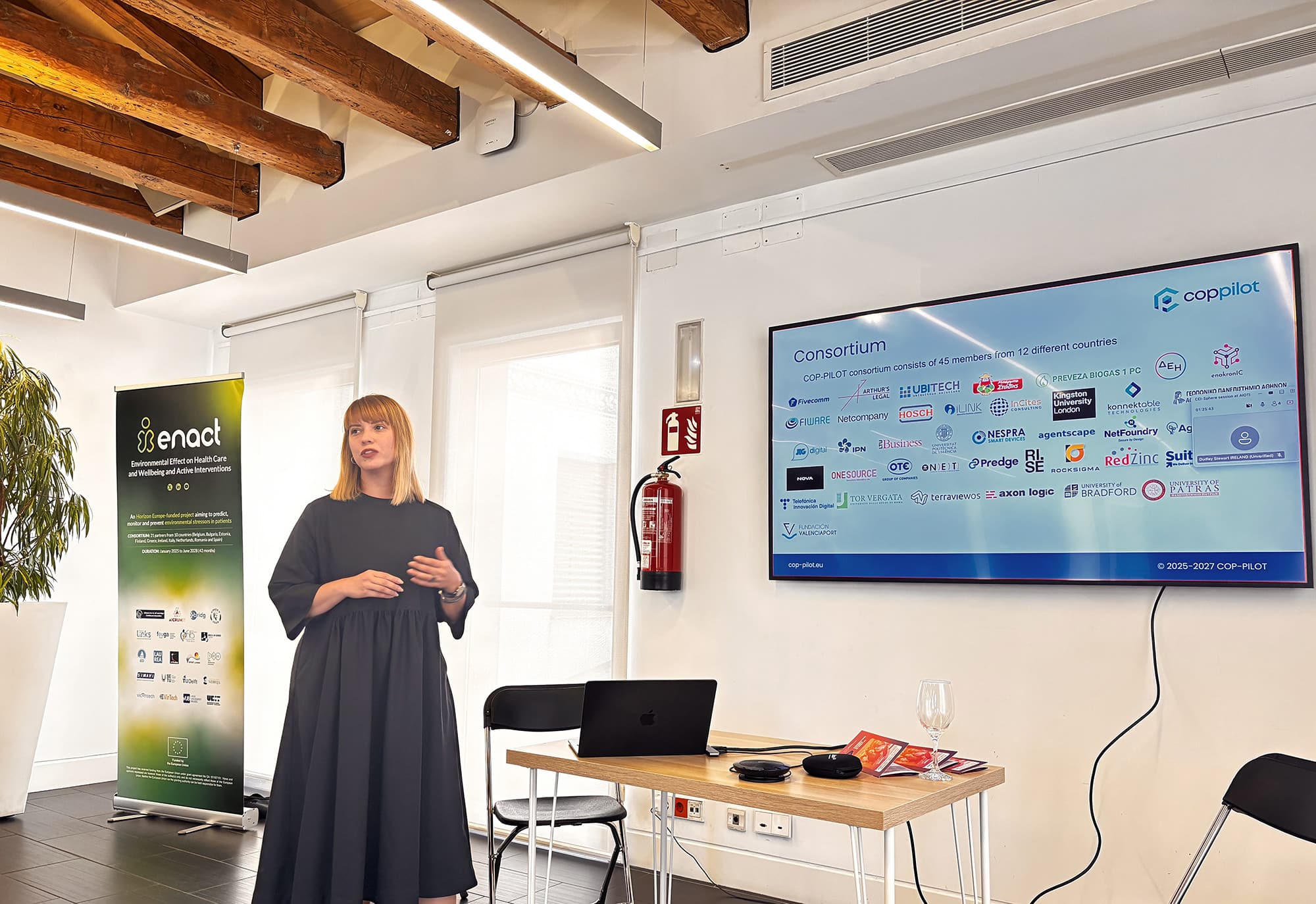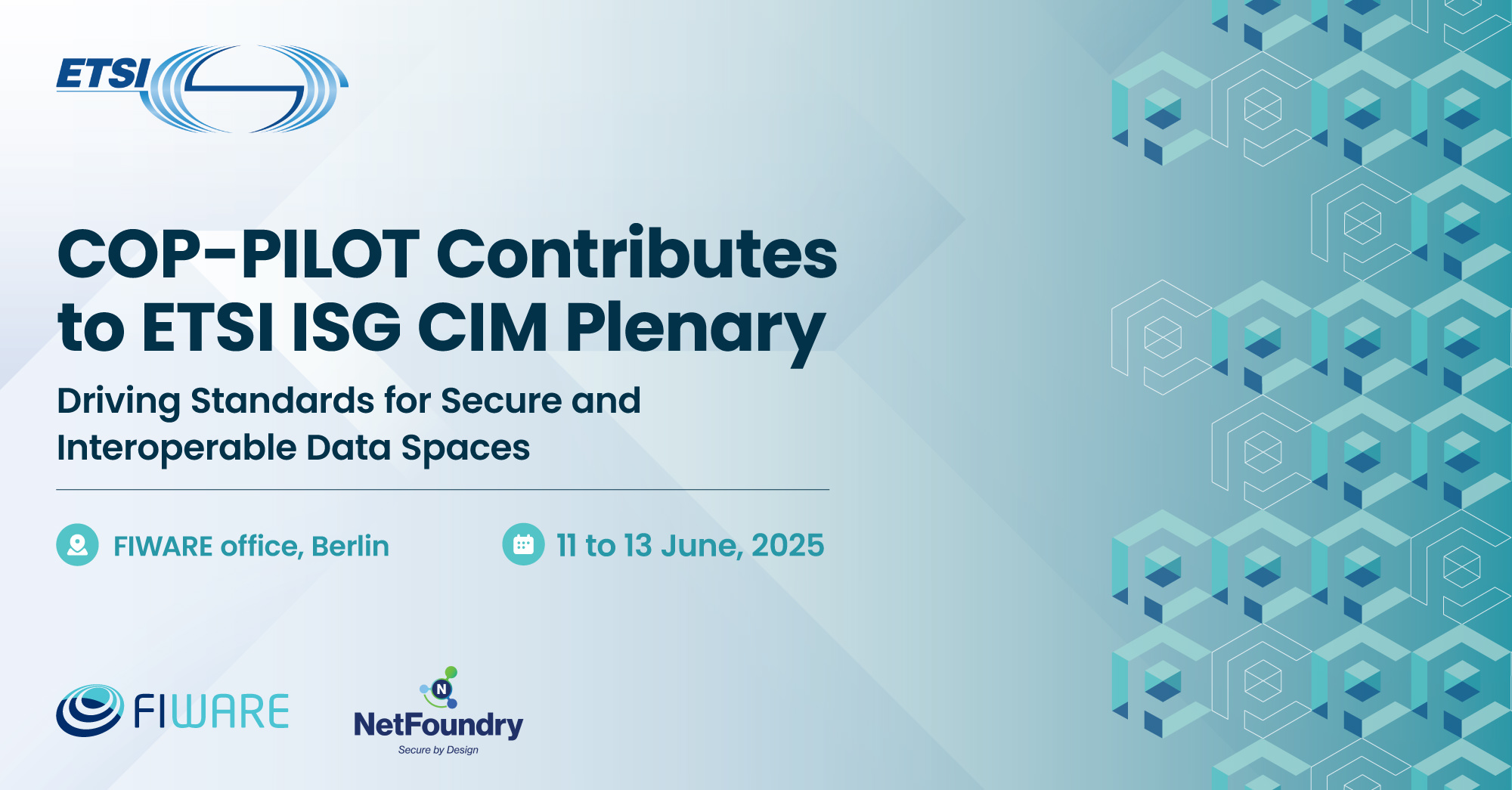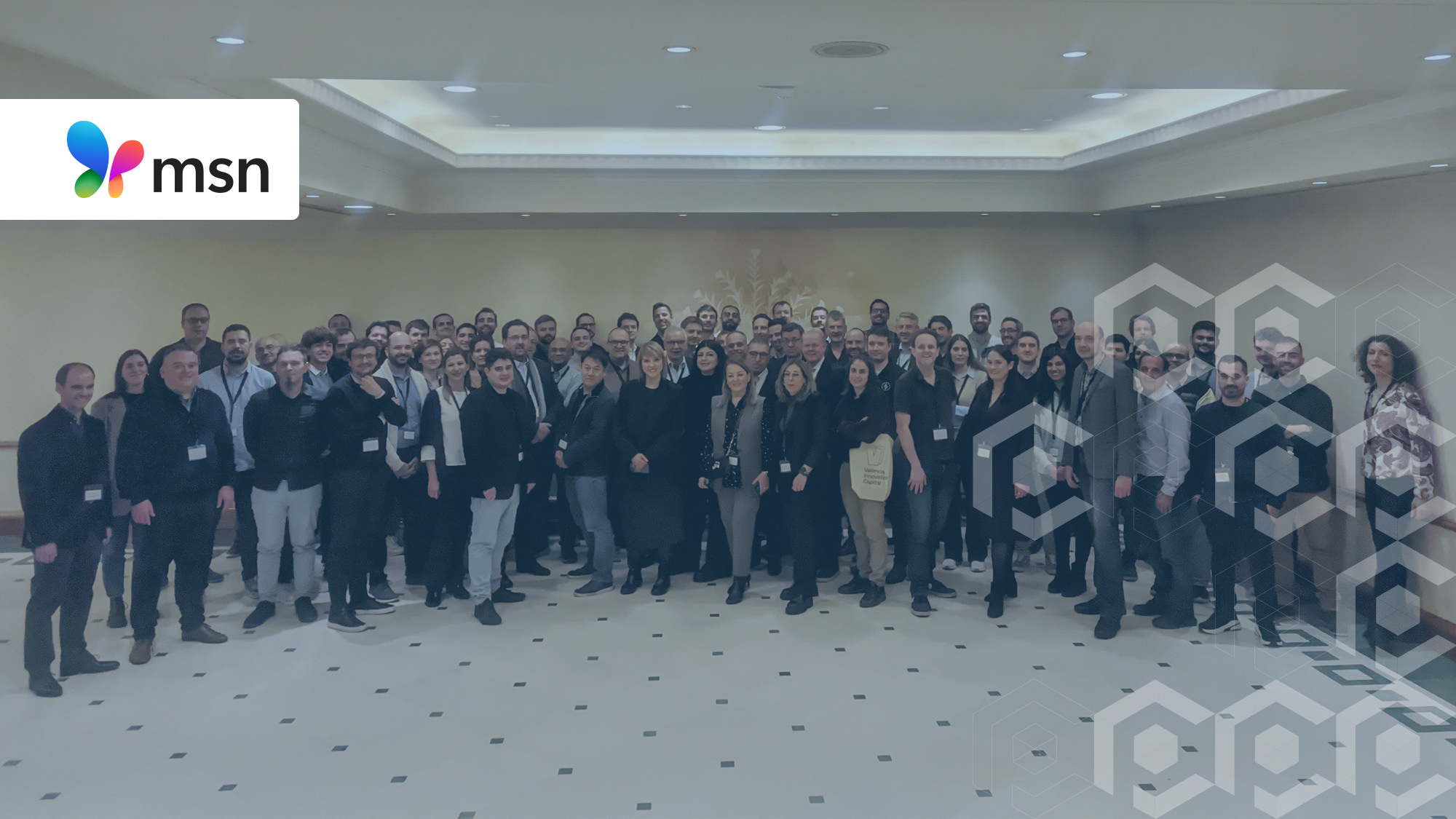The COP-PILOT project is shaping a unified orchestration framework designed to bridge service domains and enable seamless, SLA-aware automation across a diverse set of sectors, from energy and smart cities to agriculture and manufacturing. Central to this vision is the integration with cutting-edge open-source platforms that align with standards and ensure real-world scalability. One of these platforms is OpenSlice (OSL), an ETSI Software Development Group initiative that offers a standards-based, service-oriented OSS framework for delivering Network-as-a-Service (NaaS).
OpenSlice already supports alignment with key standards from ETSI, TM Forum, and GSMA, and interfaces with projects such as TeraFlowSDN, OpenSourceMANO, and ETSI NFV. Originally developed under the EU’s 5G-VINNI initiative, it provides an ideal base for COP-PILOT to validate, extend, and stress-test a collaborative open platform across verticals and geographies.
Recently, COP-PILOT announced that the project had joined the OpenSlice ecosystem. By integrating OpenSlice into the COP-PILOT orchestration layer, the project will look to validate OSL’s capacity to expose distributed, vendor-agnostic Resources as-a-Service. This is critical in complex, multi-actor environments where resources like edge computing, IoT assets, and network slices need to be dynamically composed and reconfigured. The ability of OSL to interface with state-of-the-art controllers in the compute, IoT, and network domains will be tested and enhanced through real-world pilots across COP-PILOT’s targeted sectors.
One of the major outcomes of this integration is the demonstration that embracing open-standard, northbound interfaces enables truly seamless orchestration across geo-distributed infrastructures. This simplifies the integration efforts and reduces vendor lock-in and boosts cross-sector innovation. By leveraging the open interfaces defined by OSL, COP-PILOT will showcase practical end-to-end use cases that cut across traditional silos, enabling faster service deployment and dynamic reconfiguration based on AI-driven decisions and SLA constraints.
Through this collaboration, COP-PILOT will also provide structured feedback to improve existing OSL services and APIs. Identifying capability gaps, resolving integration bottlenecks, and proposing enhancements based on pilot needs will contribute to the ongoing evolution of standardized interfaces. This iterative approach ensures that both projects remain aligned with real-world requirements and can influence the direction of open-source communities and standards bodies.
In addition to validation and feedback, COP-PILOT will contribute new services, capabilities, and extensions to the OSL ecosystem, tailored to the needs of its use cases. These enhancements could include support for new orchestration patterns, dynamic SLA negotiation mechanisms, or domain-specific APIs that reflect the operational needs of smart energy grids, urban infrastructure, or agricultural automation systems.
Finally, to ensure interoperability with other platforms and avoid technology silos, COP-PILOT will integrate OpenSlice with other open-source frameworks like FIWARE and Eclipse Arrowhead. This multi-framework orchestration strategy strengthens the open ecosystem vision behind COP-PILOT, enabling collaborative innovation while fostering long-term sustainability and reuse.
As this integration moves forward, it will serve as a cornerstone in COP-PILOT’s ambition to build a truly collaborative, intelligent, and open orchestration platform, one that turns complexity into opportunity and empowers stakeholders across sectors to co-create value at scale.

